How to Create Stunning Outdoor Spaces with Concrete and Landscaping Techniques
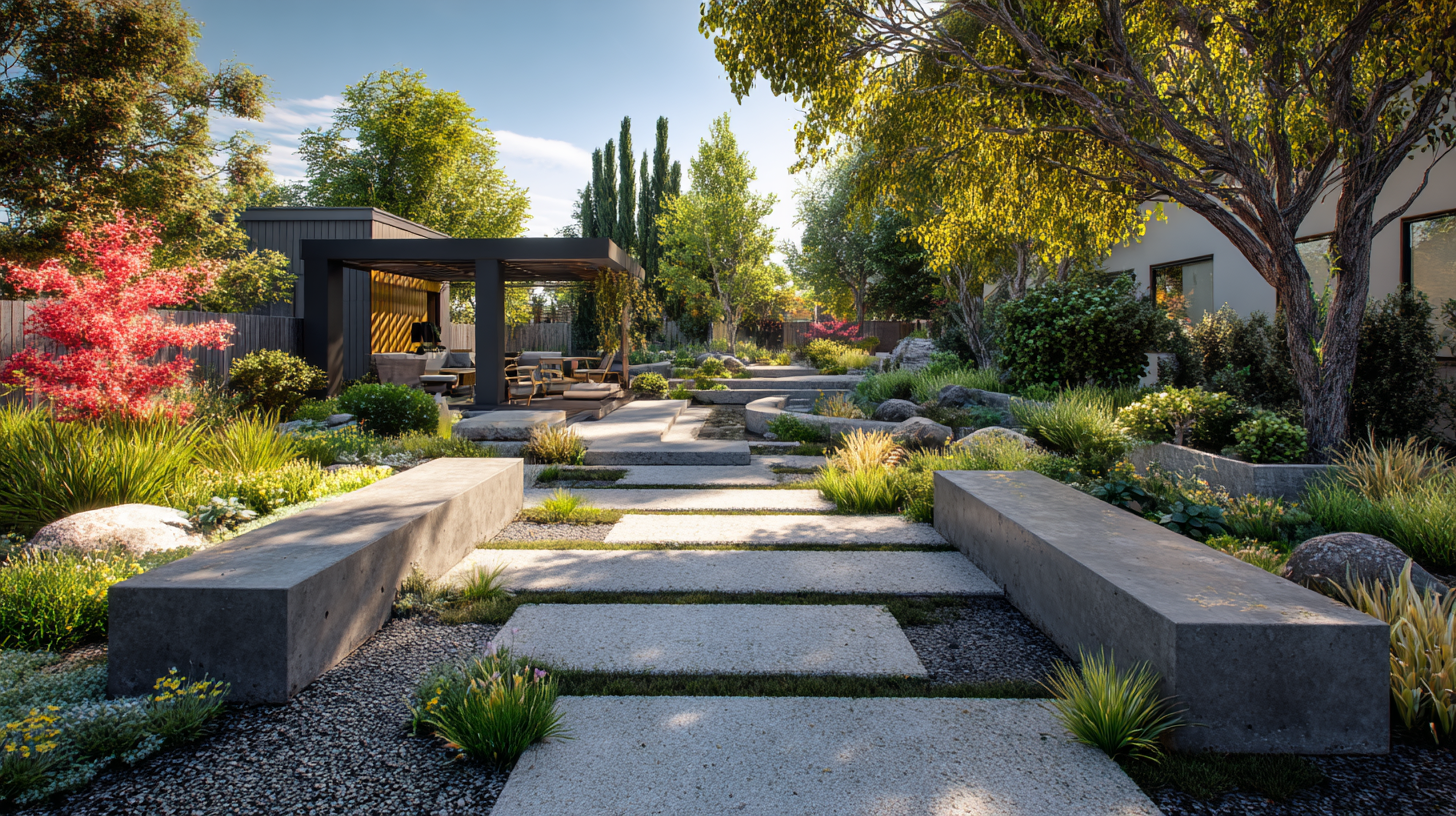 Creating stunning outdoor spaces has become a top priority for homeowners and landscape professionals alike, with recent industry reports highlighting the growing demand for aesthetic outdoor living environments. In fact, the Landscaping Industry's 2021 Trends Report notes that over 70% of homeowners view their outdoor spaces as an extension of their living area, emphasizing the importance of thoughtful design and materials.
Concrete and landscaping techniques are at the forefront of this trend, combining durability with versatility to enhance both functionality and visual appeal. With concrete's ability to withstand the elements and its endless design possibilities, paired with innovative landscaping strategies, homeowners can transform their backyards into inviting retreats that reflect personal style. As the market for outdoor renovations continues to expand, integrating concrete and landscaping is not only a practical choice but also a valuable investment in home aesthetics and value.
Creating stunning outdoor spaces has become a top priority for homeowners and landscape professionals alike, with recent industry reports highlighting the growing demand for aesthetic outdoor living environments. In fact, the Landscaping Industry's 2021 Trends Report notes that over 70% of homeowners view their outdoor spaces as an extension of their living area, emphasizing the importance of thoughtful design and materials.
Concrete and landscaping techniques are at the forefront of this trend, combining durability with versatility to enhance both functionality and visual appeal. With concrete's ability to withstand the elements and its endless design possibilities, paired with innovative landscaping strategies, homeowners can transform their backyards into inviting retreats that reflect personal style. As the market for outdoor renovations continues to expand, integrating concrete and landscaping is not only a practical choice but also a valuable investment in home aesthetics and value.
Stunning Concrete Designs: Exploring the Latest Trends in Outdoor Hardscaping
The world of outdoor hardscaping is continuously evolving, with stunning concrete designs at the forefront of innovative landscaping techniques. According to the American Society of Landscape Architects, an increasing 70% of homeowners are prioritizing the incorporation of hardscaping elements in their outdoor spaces. This trend highlights not only aesthetic appeal but also functionality, as concrete can support structures like patios, pathways, and retaining walls while requiring minimal maintenance compared to traditional landscaping.
Recent industry reports indicate that stamped and stained concrete is becoming exceptionally popular, allowing homeowners to mimic the appearance of more expensive materials such as stone or brick while benefiting from concrete's durability. In fact, the Decorative Concrete Council reported a 20% annual increase in the use of decorative concrete solutions across various outdoor projects. Valued for its adaptability, concrete can be colored, textured, and shaped into custom designs, providing limitless possibilities for creating sophisticated outdoor environments that reflect personal style and enhance property value.
Landscaping Techniques: 5 Expert-Recommended Practices for Aesthetic Appeal
Creating stunning outdoor spaces can significantly enhance the aesthetic appeal of your home, and incorporating concrete alongside expert landscaping techniques is key. According to a report by the National Association of Realtors, well-landscaped homes can add up to 10% to property values, making it not only a matter of beauty but also a smart investment.
**Tip: Use Color Contrast**
Integrating a variety of plants with contrasting colors can elevate a space dramatically. Consider planting vibrant flowers against neutral concrete pathways or walls. This approach not only highlights the architectural features of your outdoor area but also draws the eye and creates focal points.
Another expert-recommended practice is the incorporation of multi-functional outdoor elements. Hardscaping, such as patios made from stamped concrete, adds usability to outdoor spaces. A survey by the American Society of Landscape Architects revealed that 83% of homeowners value the addition of these elements for their versatility, serving as both aesthetic and functional improvements.
**Tip: Create Layers**
Strategically layering plants of varying heights can add depth and interest to your garden. Use taller plants as backdrops, medium-height plants as fillers, and ground cover varieties to create a lush, layered effect. This not only enhances the visual complexity of the space but also provides habitat for local wildlife.
How to Create Stunning Outdoor Spaces with Concrete and Landscaping Techniques
| Technique | Description | Benefits | Best Plants | Concrete Type |
|---|---|---|---|---|
| Decorative Concrete | Creates aesthetic patterns and textures. | Enhances visual appeal, low maintenance. | Lavender, ornamental grasses. | Stamped Concrete |
| Raised Beds | Elevated planting areas for easy access. | Improved drainage, easier maintenance. | Tomatoes, peppers. | Null |
| Concrete Pathways | Defined walking spaces with durable materials. | Long-lasting, complements landscaping. | Ground cover plants, moss. | Poured Concrete |
| Water Features | Ponds or fountains to enhance tranquility. | Promotes relaxation, attracts wildlife. | Aquatic plants, ferns. | Null |
| Lighting | Strategic placement of outdoor lights. | Enhances usability at night, adds drama. | Low-light plants, nighttime blooms. | Null |
The Role of Color Psychology in Enhancing Outdoor Spaces with Concrete
The application of color psychology in community health environment design is increasingly significant, particularly in the context of promoting mental well-being. Colors can evoke emotions and influence behaviors, making them a powerful tool in the creation of outdoor spaces. For instance, soft greens and blues are known to promote calmness and serenity, which can be beneficial in reducing anxiety and stress levels among community members. By carefully selecting color palettes that resonate with psychological principles, designers can craft environments that encourage relaxation and social interaction, thereby enhancing the overall health of the community.
Moreover, understanding gender differences in color perception can further refine outdoor space design. Research indicates that men and women often have varying preferences for colors associated with urban environments. While darker shades may be linked to feelings of heaviness and depression, brighter colors can instill a sense of joy and vitality. By addressing these differences, urban planners and landscape architects can create inclusive and inviting environments that cater to the preferences of all community members, thereby fostering a stronger sense of community and improving collective mental health outcomes.
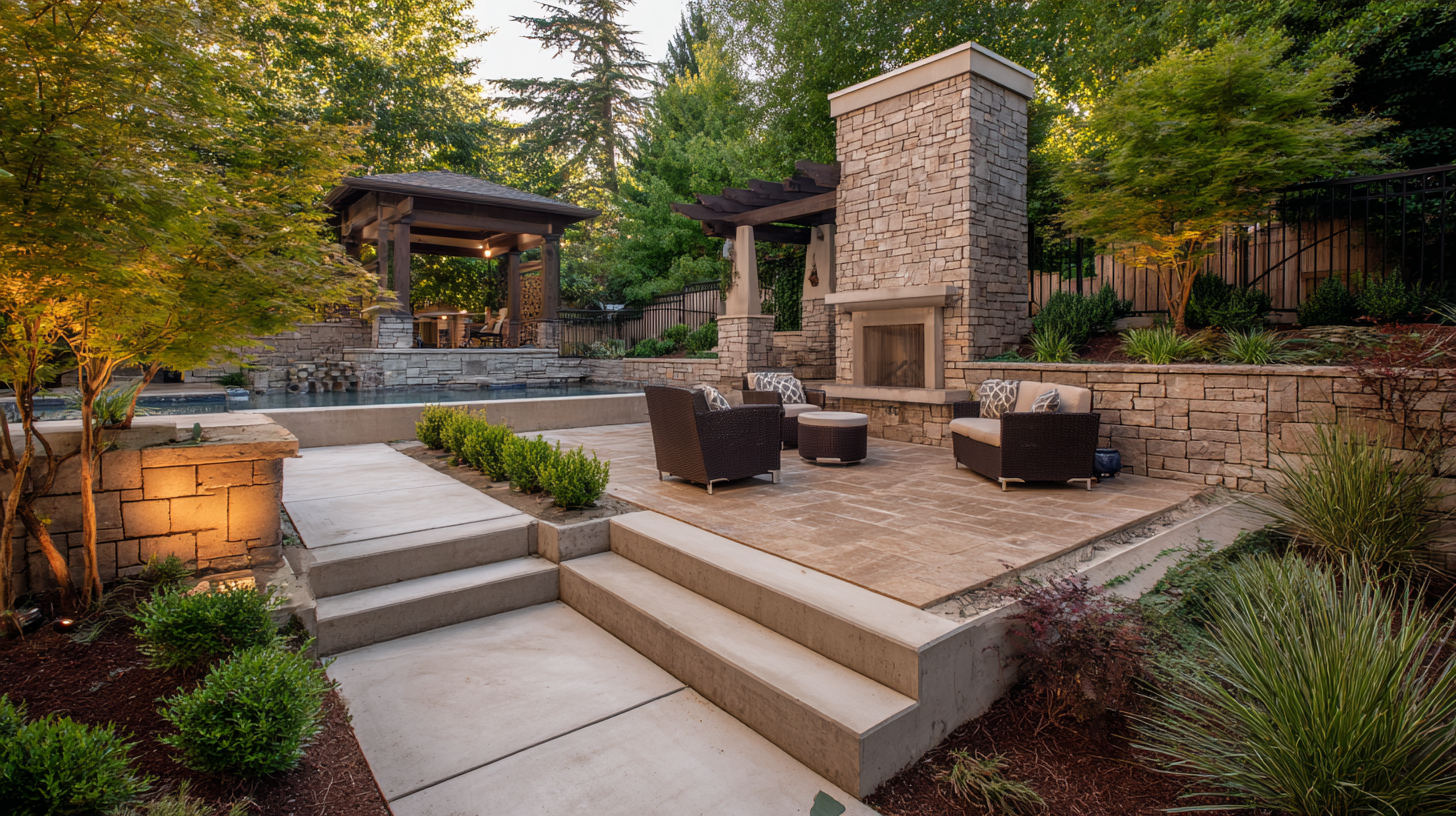
Sustainable Landscaping: Utilizing Concrete in Eco-Friendly Outdoor Projects
Creating stunning outdoor spaces doesn’t have to come at the expense of the environment. By incorporating sustainable landscaping techniques, homeowners can utilize concrete in ways that enhance beauty while promoting eco-friendliness. For instance, permeable concrete allows for proper drainage, reducing runoff and recharging groundwater. This not only preserves local ecosystems but also minimizes water pooling that can lead to erosion and other landscape issues.
**Tips for Sustainable Use of Concrete:**
1. Choose recycled concrete materials for your outdoor projects. These can often be sourced from renovations, thus reducing the demand for new resources.
2. Incorporate plant beds and greenery alongside concrete features. This softens hard surfaces, provides habitats for local wildlife, and improves air quality.
3. Use concrete in combination with other sustainable materials like bamboo or reclaimed wood, which can add texture and warmth to your outdoor spaces.
By embracing these techniques, you can design outdoor areas that are both visually striking and environmentally responsible, showcasing how modern landscaping can harmonize with nature.
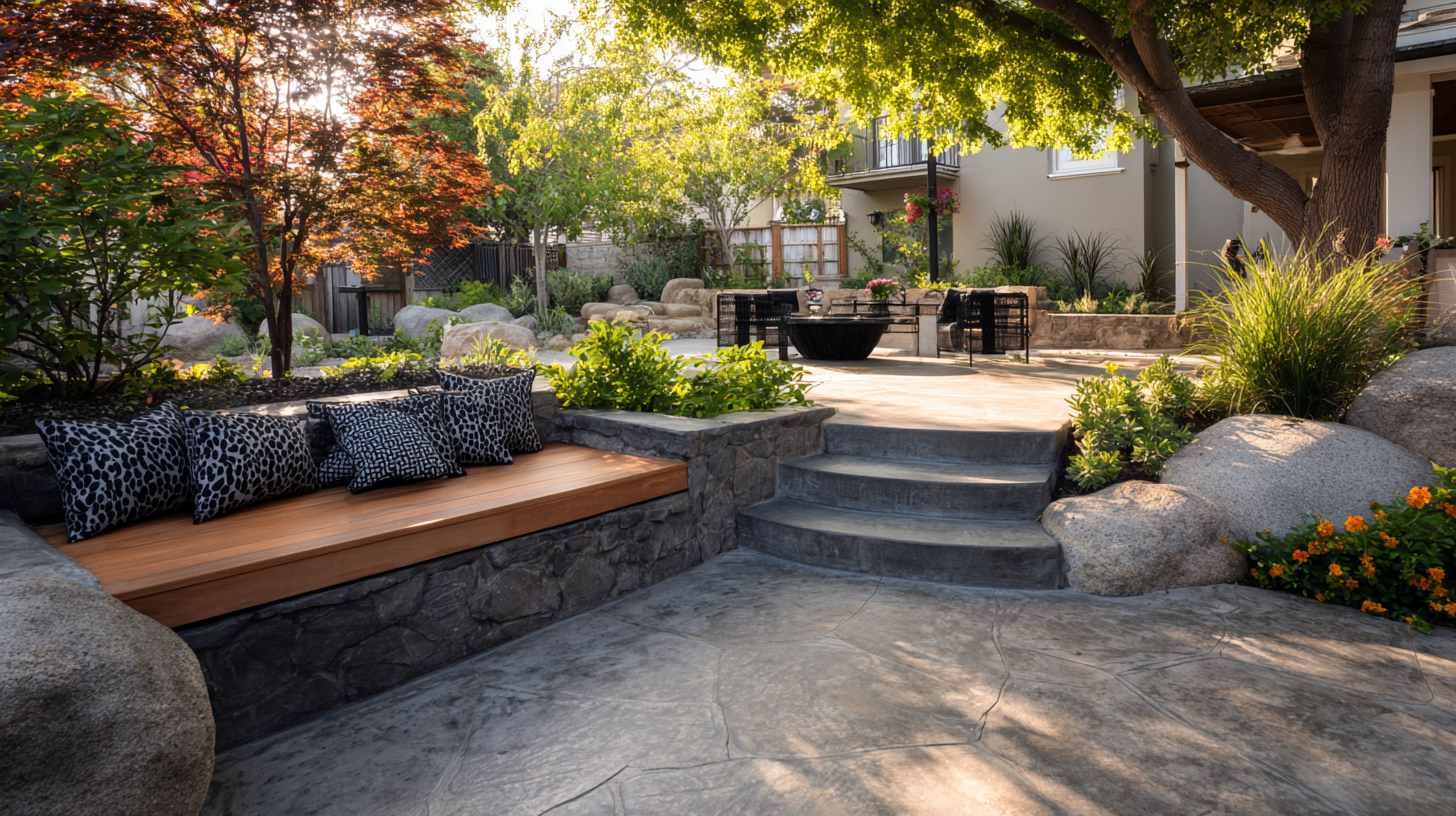
Maximizing Outdoor Space: 7 Space Optimization Tips Using Landscape Design Techniques
Creating a stunning outdoor space often hinges on effective space optimization techniques that enhance both functionality and aesthetics. One powerful approach is to think vertically; utilizing vertical gardens or wall planters can add greenery without consuming precious ground space. This will not only beautify the area but also promote biodiversity, offering a home for birds and insects. Additionally, incorporating tiered planters or raised beds allows for a more dynamic layout that can vary in height and texture, creating visual interest.
Another important technique is to consider the flow and layout of the space. Pathways made from concrete or natural stone can help define areas within the garden, guiding visitors while maximizing the usable space. Grouping plants and furniture into distinct zones—such as lounging, dining, or gardening—can further enhance the organization of the area. Using furniture that can be easily rearranged or folded away also allows for flexibility, enabling the space to adapt to different activities or gatherings. By thoughtfully implementing these design techniques, one can transform even the smallest outdoor areas into vibrant and welcoming environments.
Related Posts
-

Unveiling the Technical Specifications of the Best Concrete Specialties for Optimal Performance
-
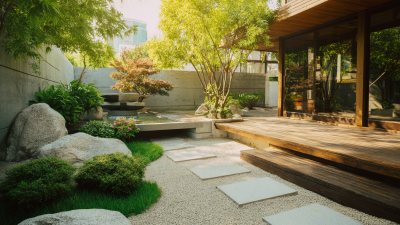
How to Elevate Your Outdoor Space with Landscaping and Concrete Techniques
-

How to Select the Best Gravel Delivery Manufacturer for Your Needs
-
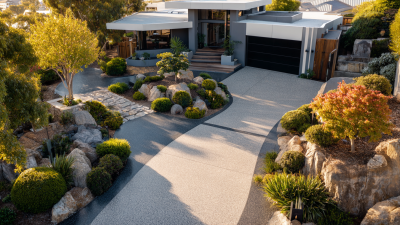
Innovative Trends in Landscaping and Concrete for 2025 The Ultimate Guide for Global Buyers
-

What is Concrete Delivery and Why It Matters for Your Construction Project
-

5 Best Strategies for Efficient Concrete Delivery Services
